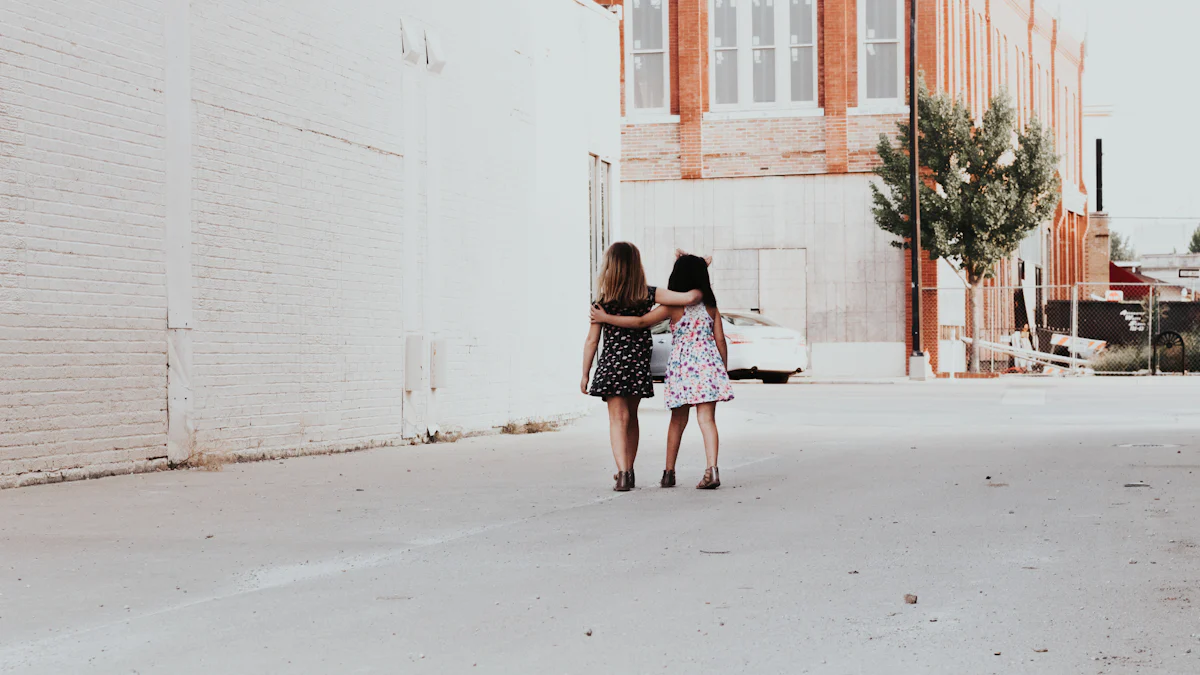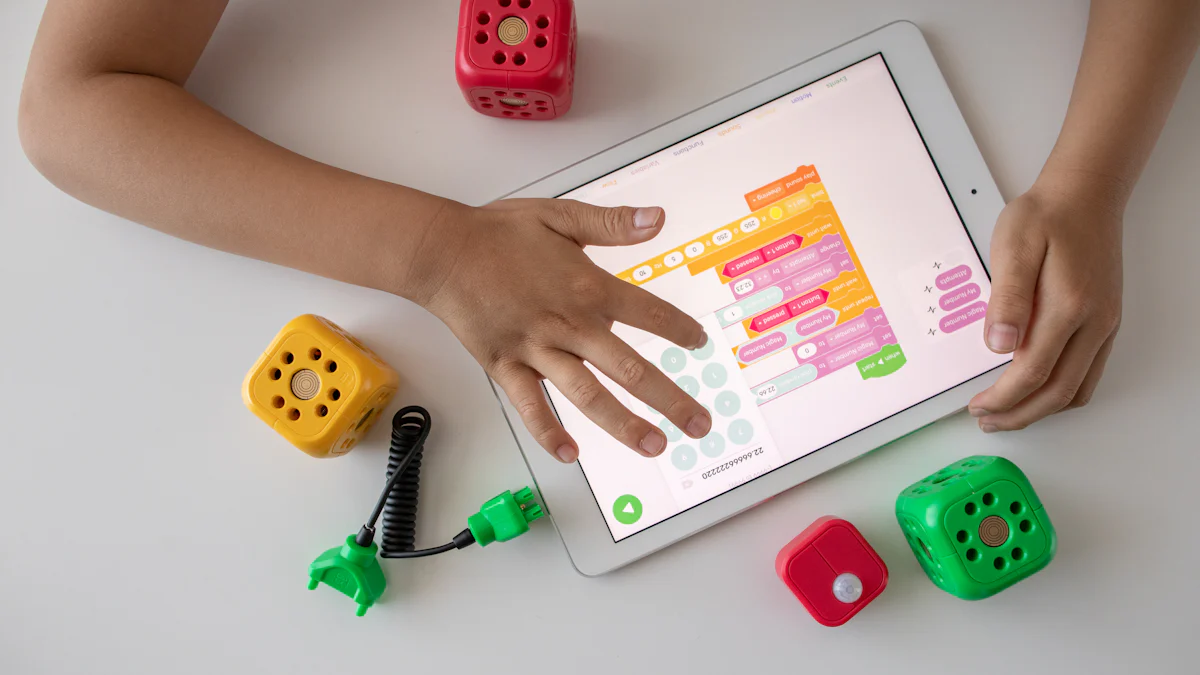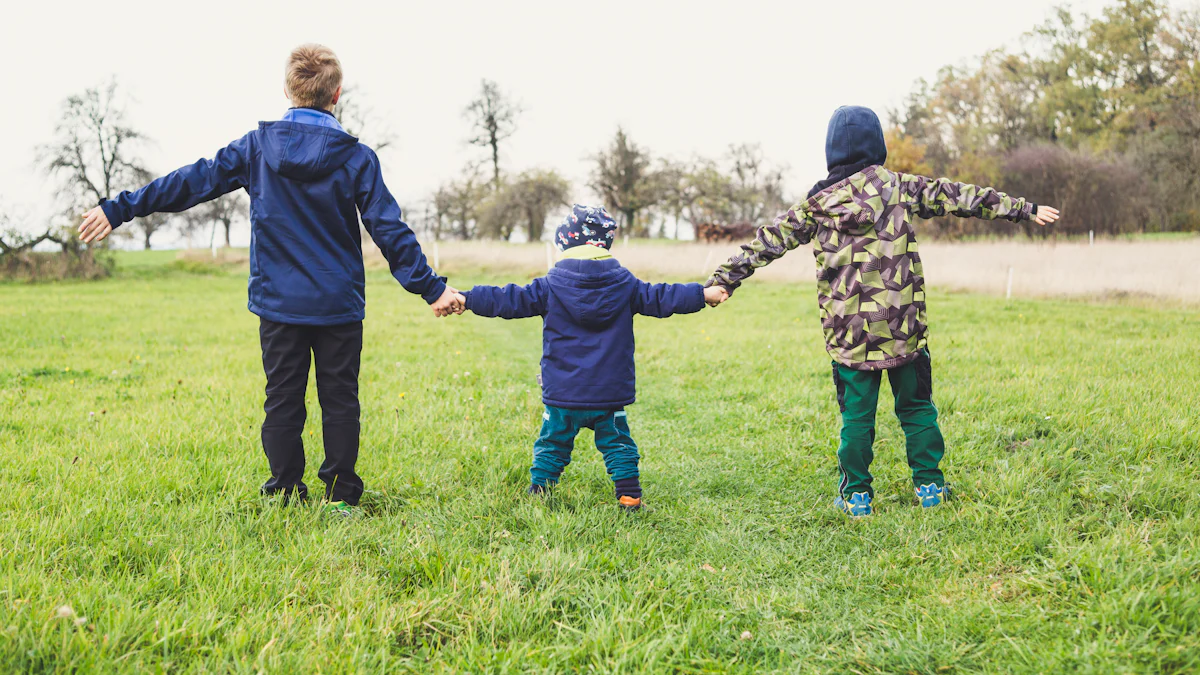Teaching Kids to Take Responsibility for Their Actions

Teaching kids responsibility shapes future adults. Responsibility means understanding actions and consequences. Kids who learn this skill become more independent. They manage tasks better and feel more secure. Observations show responsible children thrive in programs. Children who take charge of their actions often excel. Without guidance, kids may grow into irresponsible adults. Encouraging responsibility builds confidence and resilience. Parents play a key role by modeling responsible behavior. Kids watch and learn from these examples. Start today and help kids embrace responsibility.
Understanding Responsibility
What is Responsibility?
Definition and explanation
Responsibility means owning actions and understanding consequences. Kids learn that choices matter. Responsibility involves doing tasks and making decisions. Children need to understand that responsibility isn't just about chores. It's about being accountable.
Importance in child development
Responsibility plays a big role in child development. Kids who learn responsibility grow into independent adults. Research shows responsible children demonstrate greater independence. Developing this skill helps kids manage challenges better. Responsibility builds confidence and resilience.
Why Teach Responsibility?
Long-term benefits for children
Teaching responsibility offers long-term benefits. Kids become more self-reliant. They handle tasks with ease. Responsible children often excel in school and social settings. This skill prepares them for future challenges.
Impact on family dynamics
Responsibility positively impacts family dynamics. Kids contribute to household tasks. Families experience smoother interactions. Parents feel less stressed when kids take charge. Everyone benefits from a responsible environment.
Strategies for Teaching Kids Responsibility

Teaching kids responsibility requires practical strategies. You can guide children to become accountable individuals. Let's explore some effective methods.
Modeling Responsible Behavior
Kids learn by watching adults. Show them how responsibility looks in real life.
Leading by example
You should demonstrate responsible actions daily. Complete your tasks on time. Follow through with commitments. Your actions will speak louder than words.
Demonstrating accountability
Admit mistakes when they happen. Admit mistakes Explain how you plan to fix them. This shows kids that everyone makes errors. Taking responsibility is what matters.
Setting Clear Expectations
Clear expectations help kids understand their responsibilities. You must communicate these clearly and consistently.
Communicating rules and consequences
Explain the rules to your kids. Make sure they know the consequences of breaking them. Use simple language. Ensure that kids grasp the importance of following rules.
Consistency in enforcement
Stick to the rules you set. Kids need consistency to learn responsibility. Enforce rules fairly every time. This builds trust and understanding.
Gradually Increasing Responsibilities
Start small when teaching kids responsibility. Gradually increase their tasks as they grow.
Age-appropriate tasks
Assign chores that match your child's age. Younger kids can help with simple tasks like sorting laundry. Older kids can take on more complex responsibilities. This helps them build confidence.
Encouraging independence
Encourage kids to complete tasks on their own. Offer guidance but allow them to make decisions. This fosters independence and problem-solving skills.
Teaching kids involves patience and persistence. You will see progress as they learn to take responsibility. Remember that each child is unique. Adapt these strategies to fit your child's needs.
Supporting Responsibility with Examples

Teaching kids responsibility involves real-life examples. You can show children how responsibility works in everyday situations. Let's dive into some practical ways to support this learning process.
Real-life Scenarios
Real-life scenarios offer valuable lessons. Kids can learn responsibility through daily tasks and schoolwork.
Chores and household tasks
Chores teach kids about responsibility. Assign specific tasks like setting the table or taking out the trash. Kids feel a sense of accomplishment when they complete chores. You can praise their efforts to reinforce positive behavior. A consistent routine helps kids understand their role in the family.
Schoolwork and assignments
Schoolwork provides another opportunity for teaching kids responsibility. Encourage kids to manage their assignments. Help them create a homework schedule. Kids learn to prioritize tasks and meet deadlines. You can offer support but let them take charge. This approach builds confidence and independence.
Role-playing and Simulations
Role-playing and simulations make learning fun. Kids can practice decision-making in a safe environment.
Practicing decision-making
Role-playing helps kids practice making decisions. Create scenarios where kids choose between options. You can discuss the outcomes of each choice. Kids learn that decisions have consequences. This practice prepares them for real-life situations.
Understanding consequences
Simulations teach kids about consequences. Set up activities where actions lead to specific results. Kids see how their choices affect outcomes. You can guide them through the process. Understanding consequences helps kids develop critical thinking skills.
Teaching kids responsibility requires creativity and patience. Real-life examples and role-playing make the process engaging. Kids learn best when they see responsibility in action. You can use these strategies to help kids grow into responsible adults.
Addressing Common Challenges
Dealing with Mistakes
Mistakes happen. Kids need to learn from them. Encourage kids to see errors as learning opportunities. Discuss what went wrong. Help kids find solutions. This builds problem-solving skills.
Encouraging learning from errors
Kids should understand that mistakes are part of life. Explain how everyone makes them. Share stories of famous people who failed before succeeding. This can inspire kids to keep trying.
Maintaining a positive attitude
A positive attitude helps kids overcome setbacks. Praise effort, not just success. Remind kids that perseverance leads to improvement. A supportive environment boosts confidence.
Overcoming Resistance
Some kids resist responsibility. Motivation becomes key. Find ways to engage reluctant kids. Use creative methods to spark interest.
Motivating reluctant children
Identify interests and connect them to tasks. If a child loves animals, link chores to pet care. Rewards can motivate too. Small incentives encourage participation.
Reinforcing positive behavior
Positive reinforcement strengthens good habits. Recognize achievements, no matter how small. Celebrate progress with praise or rewards. Consistent encouragement fosters responsibility.
Addressing challenges requires patience. Kids need guidance to embrace responsibility. With support, kids can learn and grow.
Encouragement and Support for Parents
Building a Supportive Environment
Creating a safe space for learning
Creating a safe space for learning helps kids feel secure. Kids need an environment where mistakes become opportunities. Encourage kids to explore and experiment. A supportive home fosters growth and confidence. Kids thrive when they know support is always available.
Encouraging open communication
Open communication strengthens family bonds. Talk with kids about their feelings and experiences. Ask questions and listen actively. Kids appreciate when parents show genuine interest. Honest conversations build trust and understanding. open communication
Celebrating Progress
Recognizing achievements
Recognizing achievements boosts motivation. Celebrate small victories and milestones. Praise kids for effort and perseverance. Acknowledging progress encourages continued growth. Kids feel proud when parents notice their hard work.
Reinforcing positive changes
Reinforcing positive changes solidifies new habits. Highlight improvements and positive behavior. Use rewards or special activities as incentives. Consistent recognition reinforces responsibility. Kids learn that positive actions lead to positive outcomes. positive changes
Parents play a crucial role in teaching responsibility. A supportive environment and open communication make a difference. Celebrating progress motivates kids to embrace responsibility. Parents can help kids grow into responsible and confident individuals.
Teaching kids responsibility shapes their future. Kids learn to own actions and understand consequences. Parents should implement strategies discussed in the blog. Encourage kids to take on tasks and make decisions. Mistakes will happen. Use them as learning opportunities. Kids need guidance and support. A supportive environment fosters growth and confidence. Parents play a crucial role in this journey. Start today and help kids become responsible individuals.
See Also
Guiding Children in Learning Respectful Behavior
Teaching Children the Value of Patience
Raising Kids Who Embrace Their Errors

